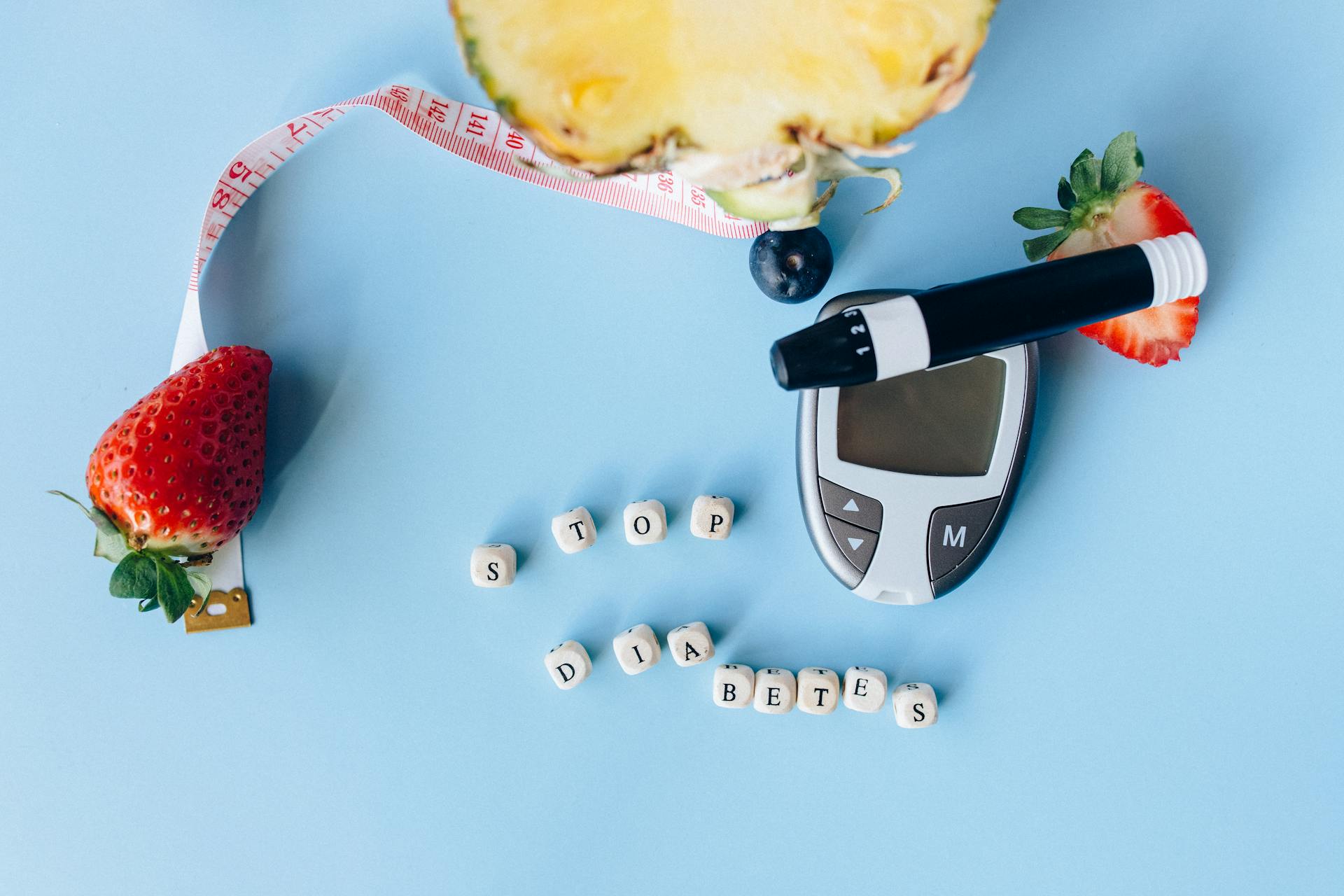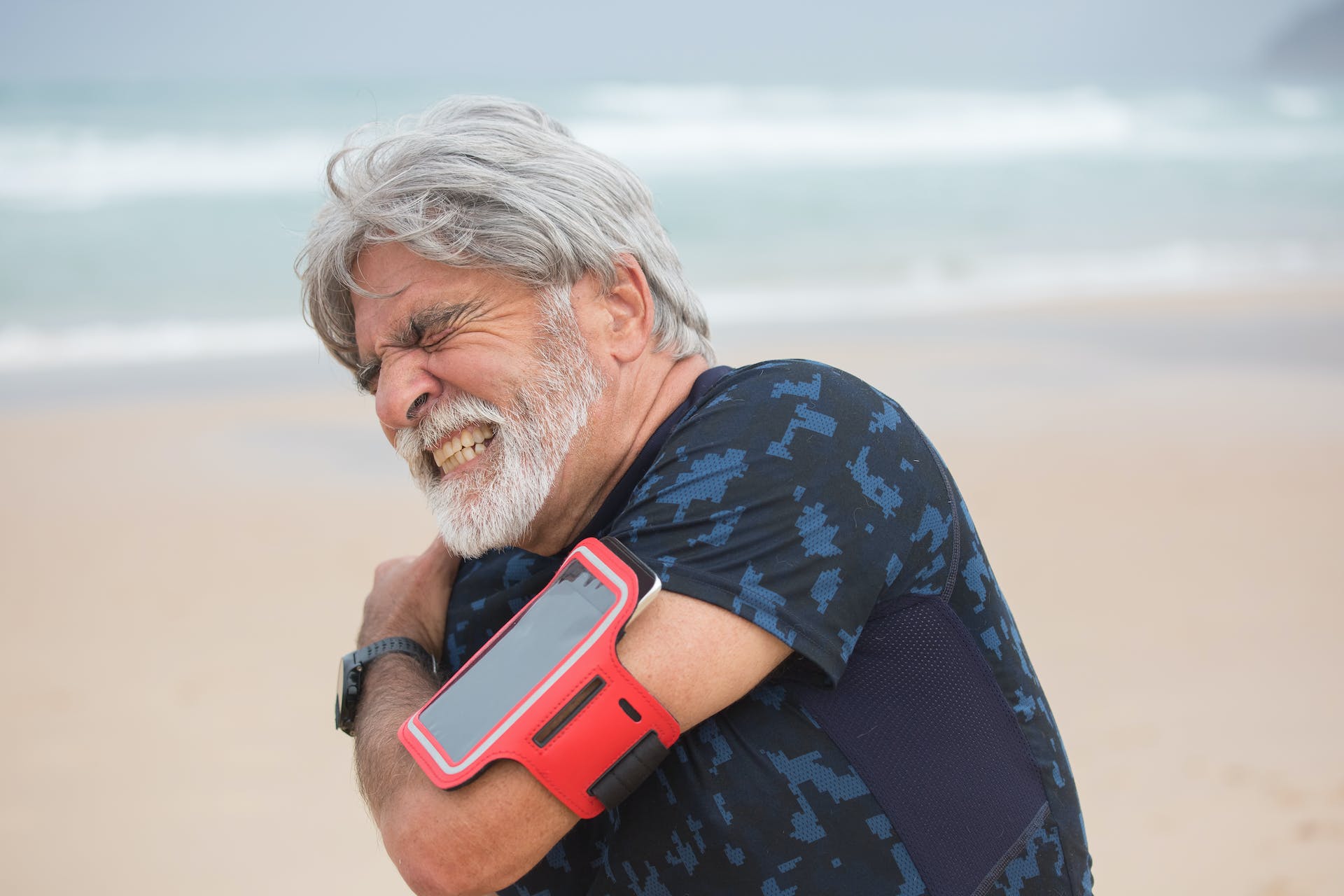Cold Hands and Feet: Circulatory Issues and How D’OXYVA Can Help
The sensation of cold hands and feet may signify more than mere discomfort; it can serve as a warning sign of underlying circulation problems that should not be disregarded. Although it is natural to overlook these symptoms as a typical reaction to lower temperatures, they often indicate that our body’s circulation is not functioning as well as it could be.
That said, in this article we’re going to take a closer look at the complexities of circulation issues as well as discuss the treatment options available. Whether you are a healthcare professional, an individual experiencing these symptoms, or someone interested in maintaining optimum circulatory health, this article intends to provide insight into the significance of proactive circulatory care and the crucial role that treatment options, such as D’OXYVA®, may play in achieving that goal.
An Overview: Circulatory Issues and How it Affects the Body
Before we dive into the more complex factors of this condition, let’s first do an overview of circulatory concerns and how it affects the body. To put it simply, circulatory issues occur when there is a disruption in the flow of blood in the body, resulting in a decrease in the supply of oxygen and nutrients to tissues and organs. This condition may arise from a multitude of circumstances, including cardiovascular issues, arterial obstructions, and lifestyle decisions such as sedentary behavior or unhealthy eating habits. The intricate nature of the circulatory system implies that even little disturbances might have extensive repercussions on the whole body.(1)
Symptoms of Poor Circulation
The symptoms of poor blood circulation may not always be readily observable but based on Medical News Today, inadequate blood flow may pose a risk to health, regardless of whether symptoms are evident or not. The following are potential symptoms associated with inadequate blood circulation:
Diminished Peripheral Warmth: The most obvious and conspicuous consequence of inadequate blood flow is often cold hands and feet. This symptom arises due to the prioritization of central bodily activities, resulting in a reduction in blood flow to the extremities.
Fatigue and Weakness: Inadequate circulation results in reduced oxygen and nutrition supply to the muscles and organs, resulting in a pervasive sensation of fatigue, lower muscle strength and diminished energy levels.
Cognitive Effects: The brain needs a continuous and adequate supply of blood. Impaired blood flow may impact cognitive abilities, resulting in challenges with focus, memory loss, and mental acuity.
Skin Changes: Insufficient blood circulation may result in modifications in the pigmentation and consistency of the skin, delayed wound healing, and in more severe instances, the development of ulcers or tissue death, particularly in the extremities.(2)
What Causes Cold Hands and Feet?
Now that we’ve gone over some of the symptoms, let’s take a closer look at the causes of cold hands and feet. Having cold hands and feet might often be seen as a minor but persistent frustration. Nevertheless, these sensations are not only inconveniences but also indications from our body signaling underlying circulation issues. Gaining insight into the underlying reasons is the first stage in successfully managing and mitigating these symptoms. That said, the key causes of cold hands and feet include:
Poor Blood Circulation: As we’ve previously mentioned, the primary factor leading to this condition is a straightforward decrease in the flow of blood to the extremities. This phenomenon may occur for many causes, such as spasms or blockages in blood vessels, and the body’s innate reaction to cold conditions, which involves redirecting blood flow to essential organs, hence reducing circulation to the hands and feet.(3)
Underlying Health Disorders: Various medical disorders may worsen or contribute to decreased blood flow, resulting in colder hands and feet. The conditions included are diabetes, thyroid diseases, Raynaud’s disease (a condition impacting blood circulation to the extremities), and peripheral artery disease.
Lifestyle Influences: Lifestyle and external factors are influential in determining outcomes. Smoking, excessive coffee use, and a lack of physical activity may all have detrimental effects on blood circulation. In addition, stress and anxiety may cause vasoconstriction, which further decreases blood circulation.
Environmental Factors: External temperatures naturally influence the blood distribution in our body. Cold settings elicit a response from the body to preserve heat, often resulting in reduced blood circulation to the hands and feet. Nevertheless, if this reaction is overstated or happens in less severe circumstances, it might suggest inefficiencies in the circulatory system.
Are There Treatment Options for People with Circulatory Issues?
Based on the Center for Vein Restoration, individuals dealing with circulatory problems have a wide range of treatments to properly address circulatory difficulties. Here are some of the ways to alleviate circulation problems and enhance overall quality of life:
Lifestyle Modifications
The cornerstone of any treatment strategy often includes alterations to everyday routines. Engaging in consistent physical exercise, consuming a well-balanced diet that is high in antioxidants and low in saturated fats, reducing smoking, and decreasing the use of caffeine and alcohol may have a substantial positive impact on your circulation. These modifications not only improve the circulation of blood but also contribute to the general state of health and well-being.
Medical Treatments
Medical treatments may be required when lifestyle modifications alone are insufficient to address the issue. Treating hypertension, dyslipidemia, and hyperglycemia with medications might indirectly enhance blood flow by targeting the root causes of circulatory problems. For more serious instances, surgical procedures such as angioplasty or vascular surgery may be advised to remove obstructions or expand constricted blood arteries.
D’OXYVA
For individuals looking for a completely non-invasive way to treat their poor circulatory system, D’OXYVA (deoxyhemoglobin vasodilator) stands out. In its current form, the D’OXYVA system is an easy-to-use, commercially-available device that delivers a nearly imperceptible transdermal solution using carbon dioxide as the active pharmaceutical ingredient (API). D’OXYVA is one of the most thrilling advancements in the field of circulatory health care, offering innovative solutions to both women and men. This promising treatment employs ultra-purified transdermal carbon dioxide to improve blood circulation, specifically in the tiniest blood vessels, thereby directly targeting the problem of inadequate microcirculation and tissues perfusion. D’OXYVA’s unique mode of operation has shown efficacy in not only improving the feeling of cold extremities but also facilitating chronic wound healing and promoting general physiological improvement.(4)
An Overview of D’OXYVA
As we previously mentioned, D’OXYVA is an innovative advancement in the area of circulatory health. This patented and patent-pending universal treatment option is fully non-invasive and aims to enhance blood circulation throughout the entire body, namely by improving microcirculation, which refers to the flow of blood via the tiniest capillaries in the body.
D’OXYVA employs a unique technique of delivering carbon dioxide also referred to as CO2 via the skin that engages the skin receptors of the autonomic nervous system, providing a straightforward and highly efficient solution for addressing various circulation problems, such as the typical symptoms of cold extremities including the hands and feet.(5)
How Does D’OXYVA Specifically Help with Circulatory Issues?
D’OXYVA employs a pioneering method of improving blood circulation by delivering CO2 via the skin pores, providing a promising solution for those with circulatory problems. D’OXYVA addresses the underlying cause of inadequate blood flow, resulting in the relief of symptoms such as cold extremities and also promoting overall health. D’OXYVA may have a significant impact in the following ways:
Enhancement of Microcirculation
The fundamental function of D’OXYVA is its capacity to enhance microcirculation, which refers to the movement of blood inside the tiniest blood vessels. Microcirculatory health is essential because it directly affects the body’s capacity to efficiently provide oxygen and nutrients to tissues, eliminate carbon dioxide and toxic products, and maintain temperature regulation. Improving microcirculation may provide substantial alleviation from symptoms and enhance overall health for patients with circulatory problems.(6)
Inducing the Bohr Effect to Enhance Oxygenation
D’OXYVA employs FDA-approved pharmaceutical carbon dioxide for hospital use and also stimulates the Bohr effect, a physiological occurrence in which elevated levels of CO2 in the blood result in reduced hemoglobin’s ability to bind with oxygen. This implies that oxygen is more easily liberated from the bloodstream into the tissues that need it the most. Enhanced tissue oxygenation is crucial for the process of healing, the generation of energy, and the proper functioning of organs. It ultimately provides a natural and efficient method to counteract the consequences of impaired circulation. (7)
Exceptional Safety and Efficacy Profile
An important advantage of D’OXYVA is its non-invasive characteristic, which ensures safety for a diverse group of individuals, including those who may not be eligible for more intrusive therapies. The treatment is categorized as a non-significant risk (NSR) non-invasive device by the Western Institutional Review Board (WIRB) and does not entail the use of needles, procedures, or medicines, hence minimizing the potential for side effects. The appealing feature of D’OXYVA makes it a desirable choice for those in search of alternative therapies to enhance their overall circulatory well-being.
Learn More About D’OXYVA’s Effects on Circulatory Concerns
Are you ready to discover how D’OXYVA could change your circulatory health? Based out of the United States, D’OXYVA stands as an innovative treatment worldwide that makes a transformative impact for people struggling with various medical concerns. Discover the impact of D’OXYVA on circulatory issues, as improved blood flow leads to enhanced well-being and quality of life.
References
- Healthline. Medically reviewed by Angelica Balingit, MD — By Kimberly Holland — Updated on February 14, 2023. Referenced from: poor-circulation-symptoms-causes
- Medical News Today. Medically reviewed by Angelica Balingit, MD — By Lana Barhum — Updated on February 7, 2024. Referenced from
- Health- HEALTH’S EDITORIAL GUIDELINES. By Dr. Roshini Raj. Updated on March 19, 2024. Referenced from
- Scribd- Uploaded by Circularity Healthcare. Referenced from
- Circularity Healthcare- D’OXYVA® (deoxyhemoglobin vasodilator). Referenced from
- NCBI. Microcirculation: Physiology, Pathophysiology, and Clinical Application. Feb 2020. Referenced from
- Physiology, Bohr Effect. Publishing; 2024 Jan. Referenced from







